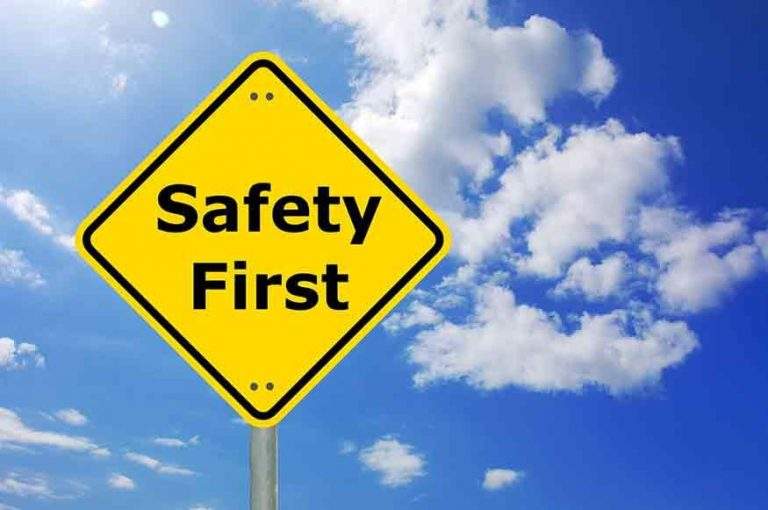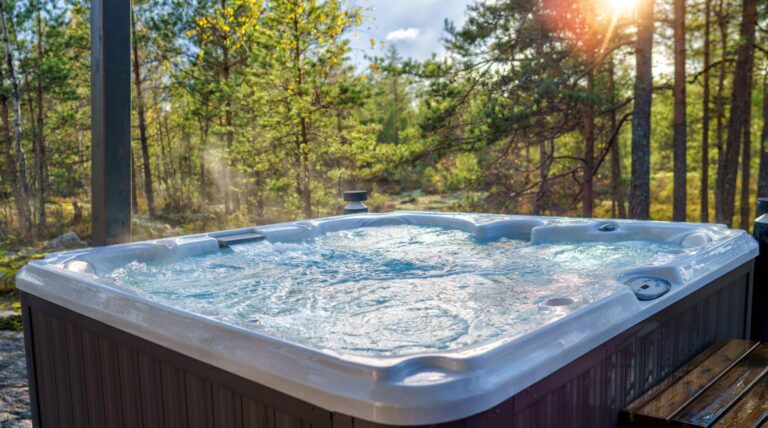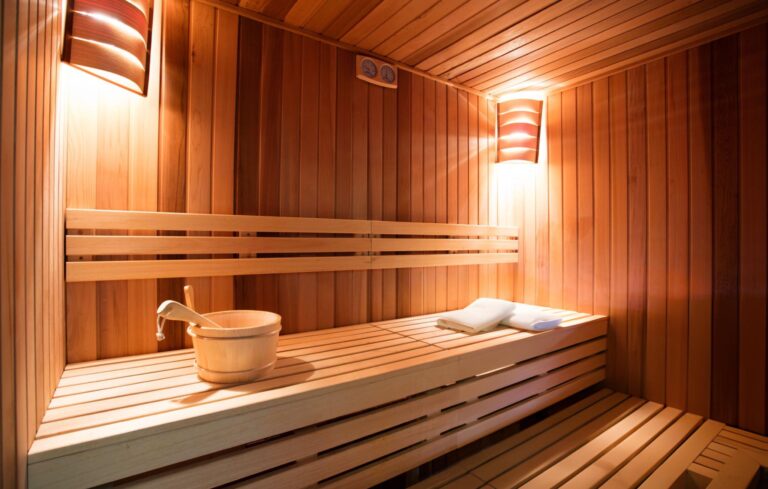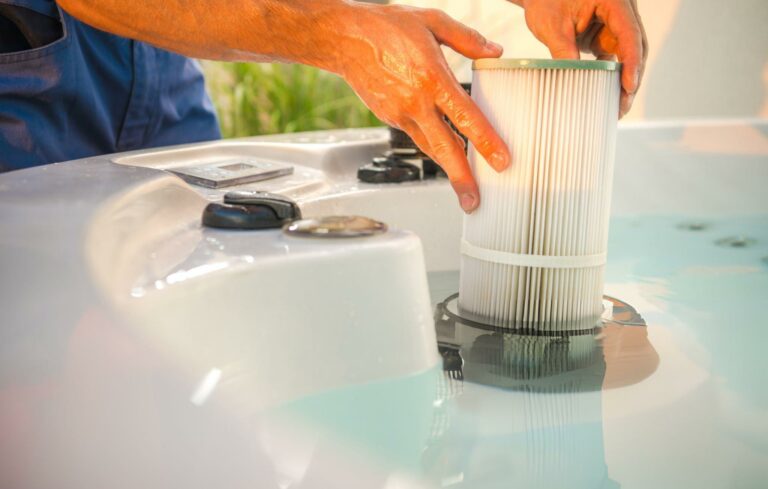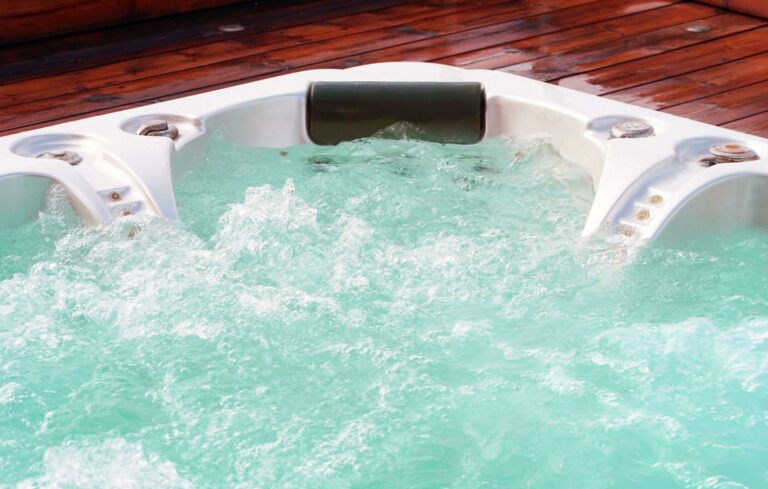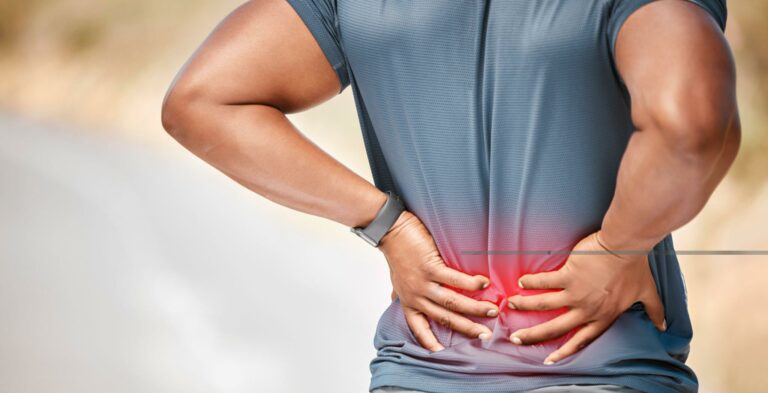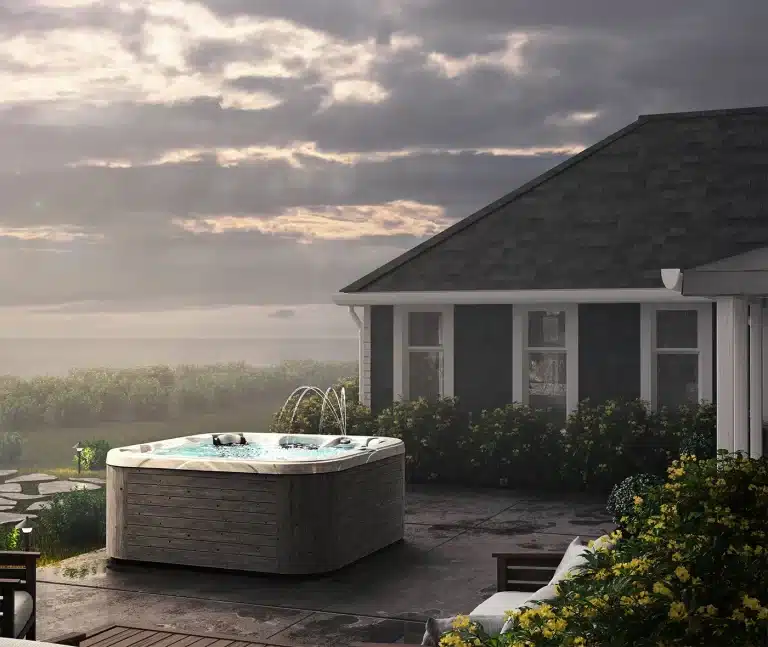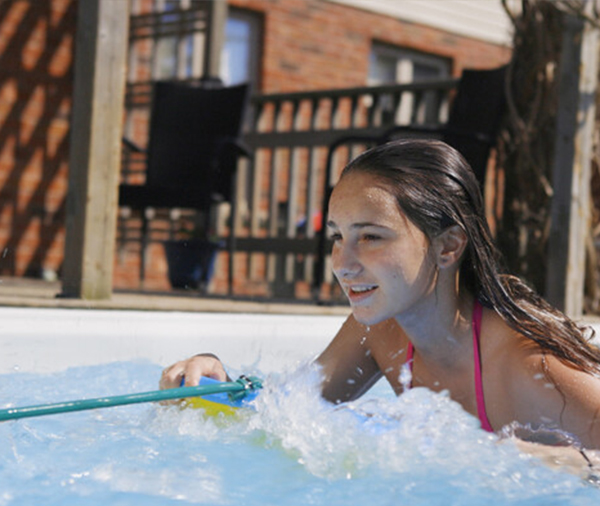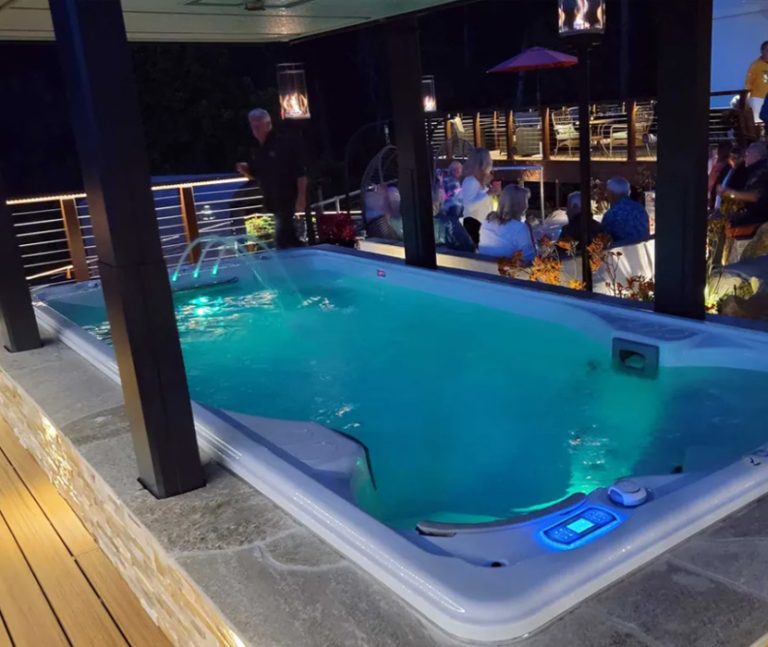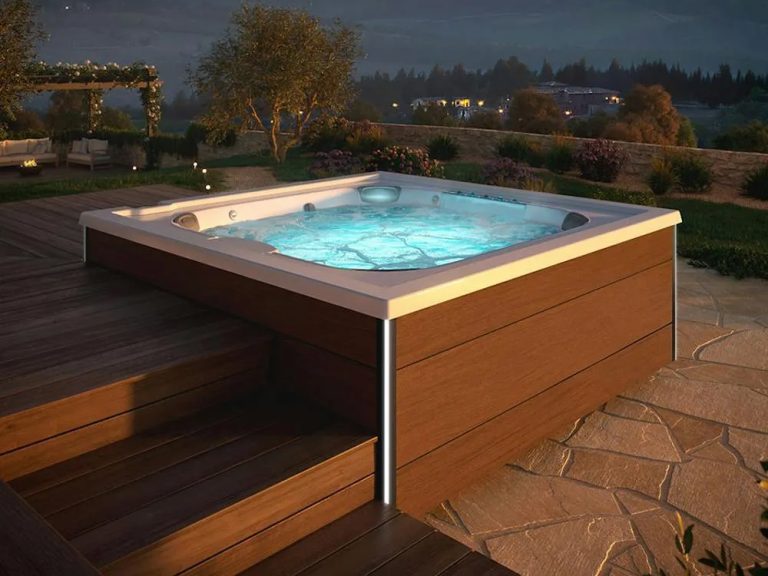Hot Tub and Spa Safety Tips For a Safe and Healthy Hot Tub
For a safe, healthy and relaxing soak, an ounce of prevention is worth a pound of cure. Make hot tub safety simple with a little sensibility some helpful tips.
Maintain The Sanitizer & Water Balance
Clean and balanced water is required for hot tub safety. Bacteria, viruses and other bad contaminants thrive in untreated hot water, so before you enter any hot tub use test strips to check for adequate amount of sanitizer, Total Alkalinity and pH levels.
Water that is cloudy, or has a strong or musty odor, is an indicator of poor unhealthy sanitation and excess contaminants. You need to shock with dichlor to clear up problem water, and add a non-chlorine shock after each use to prevent cloudiness. This oxidizing process breaks down the organic material that feeds bacteria and algae, and also helps improve the sanitizer effectiveness.
Periodically testing with a bacteria test can ensure if your sanitizer is working properly by detecting any potentially harmful bacteria in the water.
Chemicals And Hot Tub Supplies
Store your spa supplies in a dry, cool, and well-ventilated area, away from any direct sunlight and out of reach of pets and small children. Clean up any drips and spills immediately and follow all directions and precautions on the label.
Do not mix hot tub chemicals and treatments prior to the addition to the water. Use a small plastic bucket filled with clean water to premix the dry products, avoiding any undissolved granules that can damage the spa shell or liner.
As a rule, you never add water to acid, always add acid to water to avoid potentially any harmful reactions or splashing. Use a gentle, buffered acid instead of harsh muriatic acid for both pool and hot tub.
Food & Drinks
Enjoy alcoholic beverages after using the hot tub, instead of before or during use. Hot water intensifies the effects of alcohol and may cause drowsiness and overheating. Be sure to drink plenty of cool water instead, to stay hydrated and keep the core body temperature regulated.
Glass and ceramic containers can break and leave fragments that may harm bare feet. Any drinks or snacks consumed in or near the hot tub should be in a shatter-resistant plastic bottle, cup and plate. A hot tub try will safely hold items to avoid spillage into the hot tub water.
Medical Concerns for hot tub safety tips
The use of certain prescription drugs can cause dehydration, drowsiness, decrease in heart rate and other issues when mixed with hot water, so consult a physician before entering a hot tub to prevent any adverse reactions.
People with heart disease, diabetes, low or high blood pressure, or any other serious health conditions can potentially have harmful complications and should not enter any hot tub without first seeking the advice of their physician.
Be prepared by learning first aid and CPR, especially in a household with children or those with health conditions.
Water Temperature
Long soaks in water that is too hot can cause overheating and other medical complications. Although most hot tubs are factory set with a 104°F maximum temperature, the U.S. Consumer Product Safety Commission (CSPC) has determined that 100 – 102°F is a more safe temperature for most healthy adults.
Limit your spa sessions to 15 minutes, with less time when soaking in hotter temperatures. Nausea and dizziness are signs that you have been soaking too long, and you should exit the hot tub.
Thermostats can vary by a few degrees, so your top-side control reading may be a little higher than the water in the tub. Test the water independently from your spa controls using a floating thermometer.
Children, Infants and Pregnancy – hot tub safety tips
Children have much more sensitive skin than adults and are prone to overheating, so use caution when presenting them to a hot tub. The CSPC recommends water to be 95°F or cooler with kids over the age of five, so turn the temperature down and give the hot tub plenty of time to cool to a safe temperature before the child enters. Check with your pediatrician before bringing any children and infants five and under into a hot tub.
Full submersion can increase the risk of a heat stroke or entrapment dangers, so have children sit in a higher “cool off” seat in the spa or have them use a booster seat so they stay well above the water line. Restrict the soaking time between 5-10 minutes.
Do not leave children unattended in any amount of water level, hot or otherwise, even if the child can swim.
Expectant mothers should use extreme caution with hot tub use. Fully submerging in hot water raises the body temperature, and can potentially harm the unborn baby. Before entering a hot tub, pregnant women should consult their physician and follow their advice to avoid any possible complications.
Suction Covers
Limb entrapment or entangled hair can occur with dangerous old hot tub suction covers. Jet pumps create a powerful suction that may pull hair or clothing toward the suction cover. This poses a very significant drowning risk to children with heads underwater.
Federal regulations require all spa suction covers to be VGB compliant, an act passed in 2008 to prevent any drowning in pools and spas. Have a professional evaluate your spa if it is older than 2008, and replace any outdated covers with VGB compliant suction fittings.
These covers reduce suction when any blockage occurs, but apply caution. All spa users, especially children, must keep their heads above water and away from any suction covers.
Hot Tub Wiring
For 240V, hard-wired spas, the National Electrical Code requires the installation of an approved manual disconnect device for your hot tub to be located at least 5 ft. away, and within line of sight of the tub for safety. Make sure that the hot tub’s electrical system is properly wired, grounded, and protected by a GFCI.
Plug and Play spas should be plugged directly into a dedicated outlet to avoid an overload of the circuit. If your hot tub does not include an inline GFCI cord, have a 15 amp GFCI protected outlet installed by a licensed electrician. Never use an extension cord to plug in the spa.
Hot tubs should be placed at least 25 feet from any power lines and at least 5 feet from any cords. Make sure that adequate solar or battery powered lighting is provided at ground level, especially if the hot tub is used at night.
Electrical Devices
Do not bring any corded electrical devices, like radios, near the tub to avoid risk of electrocution. If any plugged in items fall into the water, unplug the item instead of reaching into the water to retrieve it. Consider using a battery operated speaker instead.
If using a sump pump, wet/dry vacuum or other electrical appliance for cleaning a drained hot tub, use extreme caution to avoid electrocution. Do not stand in a any puddles of water, always have dry feet and hands, and wear rubber soled shoes. All outlets within ten feet should be GFCI protected.
Spa Cover
Hot tub covers not only insulate the tub, but help protect against unwanted entry by children and animals. They should be in good working condition with functional straps and locks. If you have latches that are broken or missing, replacement cover locks can easily be installed on an existing cover.
Keep the cover secured snugly when the hot tub is not in use and instruct children not to play on or around the cover. Additional tie down straps help provide extra security.
Old waterlogged covers are too heavy to lift safely, and can grow mold and mildew.
Damaged covers and those without four locking straps should be replaced by a cover that meets the ASTM standards for safety.
Patio Area, Safety Rails & Steps
After a soak, wet feet and wobbly legs can make it difficult to exit the hot tub. You should install a sturdy handrail or two and non-slip steps to prevent any falls.
Maintain wood decking with a waterproof sealant and restore any splintered or slippery boards. Non-skid mats around the hot tub will provide additional safety against accidents.
Hot Tub Together
Not only is using the tub more fun with a partner, but it is much safer. Accidents and emergencies are easily avoided when with another adult. Children should never be left alone in any pool or spa for even a moment.

